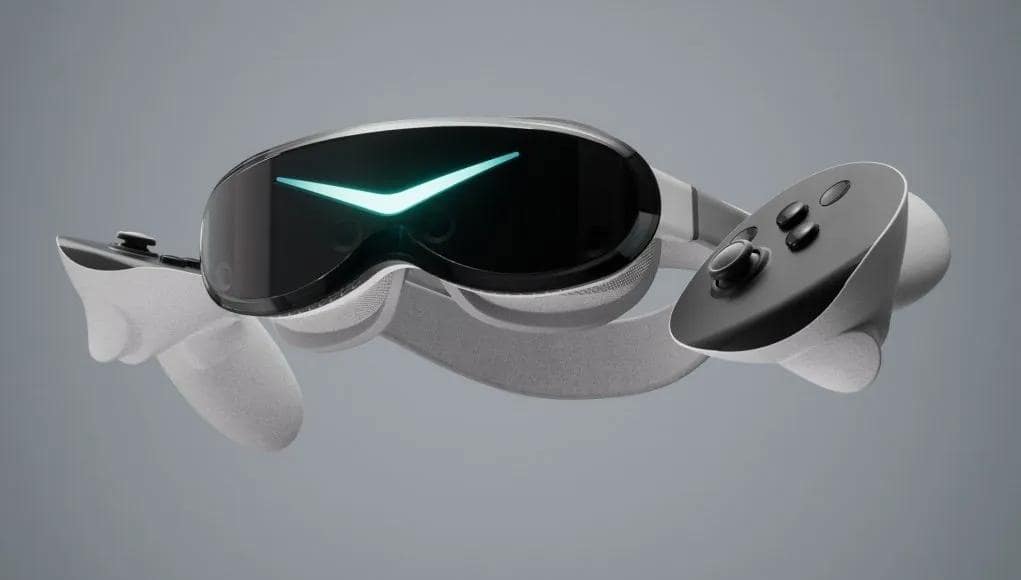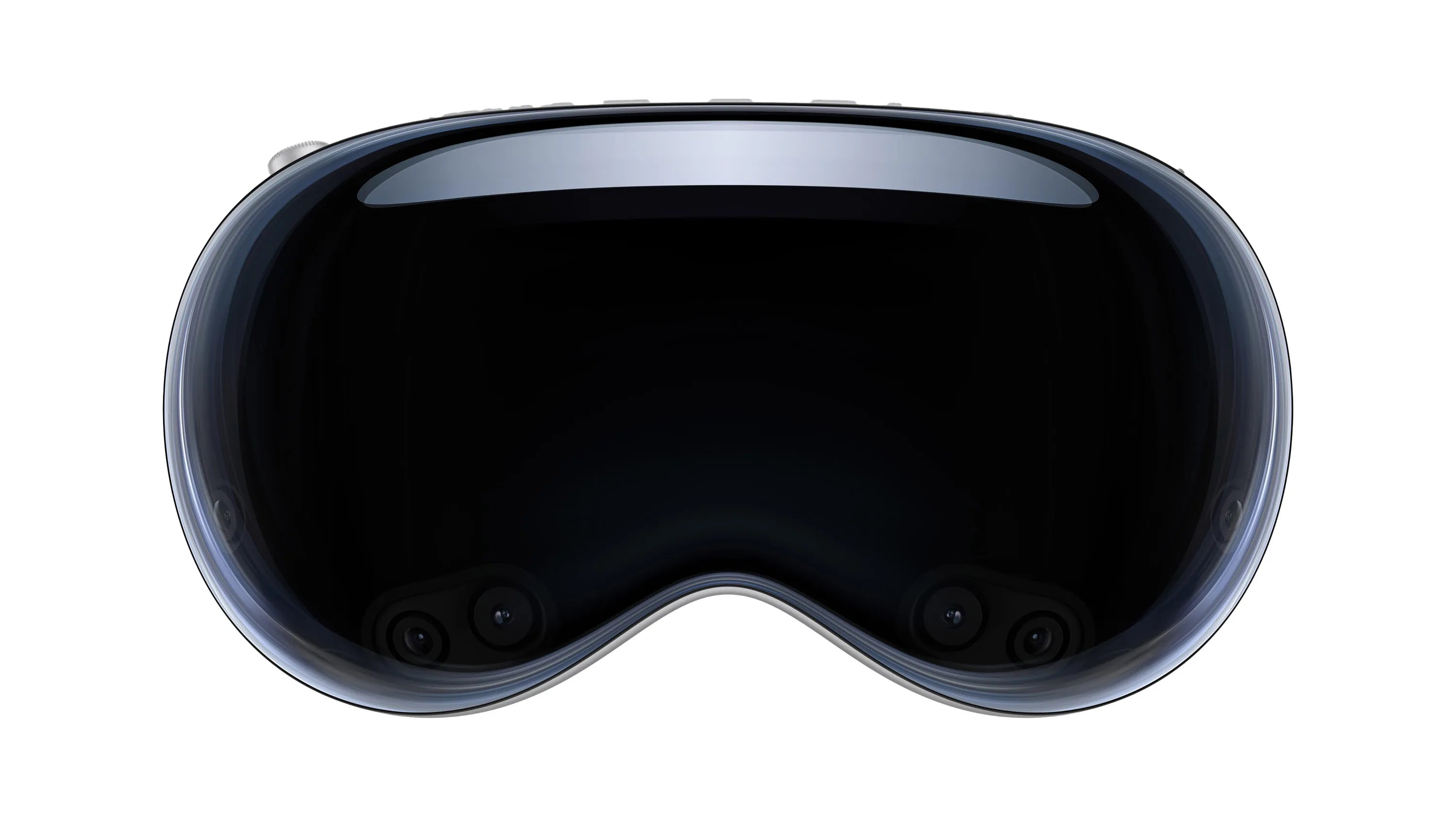Choose Micro OLEDs for VR: 0.9" panels deliver 50°+ FOV, sub-10μs gray-scale response (system latency <20ms to reduce dizziness), and >1M:1 contrast. Validate via optical simulation and timing tests for crisp, motion-aligned visuals that enhance comfort during extended use.
Field of View
A narrow FOV, typically around 90 to 110 degrees found in most consumer headsets, feels like looking through a pair of binoculars or a scuba mask—your brain never forgets you’re wearing a device. The holy grail is to approach the human eye’s natural horizontal FOV of roughly 220 degrees, which creates a seamless, peripheral-vision-included experience.
The fundamental advantage of a Micro OLED panel here is its minuscule physical size, typically just 1.0 to 1.5 inches in diameter. This compact form factor is a gift to optical engineers. It allows them to design dramatically shorter focal length lens systems because the image source is so small and the light can be manipulated more efficiently within a tight space.
The relationship is direct: a shorter distance between the display and the eye, facilitated by smaller components, enables a wider field of view for a given physical enclosure. This is why high-FOV prototypes, targeting 150 degrees or more, almost universally rely on Micro OLED or similar microdisplays. However, this creates a fierce tug-of-war with visual clarity, measured in Pixels Per Degree (PPD). If you stretch a 1920x1920 resolution panel across a 120-degree FOV, your PPD is a mediocre 16 PPD, resulting in a distinctly visible screen-door effect.
A 1.3-inch panel boasting a 4K resolution (3840x2160) packs enough pixel density to maintain a respectable 30-35 PPD even at an expanded FOV, striking a viable balance between immersion and sharpness that simply isn't possible with larger, lower-density LCDs. The latest modules are pushing this even further, enabling headsets like the Apple Vision Pro to achieve a reported ~115-degree FOV with exceptional clarity, a combination that was commercially unviable just two years ago.
Latency
The human brain is exquisitely sensitive to delay, and in VR, even a lag of 20 milliseconds (ms) between head movement and the display updating can trigger disorientation and nausea in a significant percentage of users. The gold standard for high-end VR is a "motion-to-photon" latency—the total delay from moving your head to seeing the new image—of less than 20 ms, with some systems targeting an incredibly tight 10-15 ms. This isn't a single number but a chain of delays: the headset's sensors take ~1-2 ms to detect movement, the system-on-a-chip (SoC) needs another ~5-10 ms to render the new frame, and finally, the display itself must refresh the pixels. This is where the display technology, specifically the pixel response time, becomes the critical bottleneck. A slow-responding panel can single-handedly add 5-10 ms of blur, destroying any chance of a crisp, stable image.
Key Latency Metrics in a VR System
|
|
|
|
|
|---|---|---|---|
|
|
|
|
|
|
|
|
|
|
|
|
|
|
|
|
|
|
|
|
The most direct contribution of Micro OLED to latency reduction is its near-instantaneous pixel response time. While a high-quality LCD might have a gray-to-gray (GtG) response time of 4 to 8 milliseconds, a Micro OLED pixel can switch states in well under 0.1 milliseconds (100 microseconds). This is an improvement of two orders of magnitude. This speed is the bedrock for effective low-persistence operation, a technique where the display flashes each frame for a very brief period—often 1-2 ms—instead of staying on continuously.
With a slow LCD, pixels are still transitioning when the backlight strobes, causing severe smearing and ghosting. But with Micro OLED’s microsecond-level switching, the flashed image is razor-sharp, effectively eliminating motion blur. This is why a 90 Hz refresh rate on a Micro OLED display looks significantly clearer in motion than a 90 Hz LCD; the perceived motion clarity can feel equivalent to an LCD at 120 Hz or higher.
Comfort
While specifications like resolution and field of view capture the headlines, long-term user comfort is the true determinant of a VR headset's viability for sessions lasting more than 30 minutes. Discomfort is a multi-faceted problem, stemming from physical factors like the weight distribution and facial pressure of a device that often exceeds 600 grams, as well as perceptual factors like visual strain and simulator sickness.
A 2023 study by a major VR firm found that nearly 30% of users report some level of eye strain or nausea after 60 minutes of continuous use with Fresnel lens-based systems. The root causes are often a combination of optical imperfections, excessive latency, and the simple physical burden of the hardware. Micro OLED technology, when paired with advanced optics like pancake lenses, directly attacks every pillar of discomfort. It enables a fundamental redesign that shifts the headset's profile from a front-heavy 70/30 weight distribution to a more balanced 55/45 ratio, while its visual performance virtually eliminates the key drivers of perceptual fatigue.
Micro OLED Impact on Key Comfort Metrics
|
|
|
|
|
|---|---|---|---|
|
|
|
|
|
|
|
|
|
|
|
|
|
|
|
|
|
|
|
|
Their 1-inch diameter is less than 50% the size of a typical 2.1-inch LCD, allowing for a dramatically smaller and lighter optical stack. When integrated with pancake lenses, which fold the light path, the entire front assembly can be slimmed down by as much as 40% in volume. This directly shaves 100 to 150 grams off the front-heaviness of the device, a 25% reduction in the weight borne by the user's facial interface. This is the difference between a 700-gram headset that becomes uncomfortable after 45 minutes and a 550-gram device that can be worn for 2 hours with minimal adjustment.
While Micro OLED doesn't solve VAC alone, its pixel-level precision and true black levels create a more natural viewing experience. The 1,000,000:1 contrast ratio means that in a dark scene, pixels are truly off, allowing the user's pupils to dilate naturally as they would in the real world, reducing the strain caused by a constant, globally lit display. The combination of a high > 3000 PPI density and advanced optics drastically reduces optical distortions like chromatic aberration and god rays to less than 2% deviation, compared to >10% on Fresnel systems.




Laisser un commentaire
Ce site est protégé par hCaptcha, et la Politique de confidentialité et les Conditions de service de hCaptcha s’appliquent.